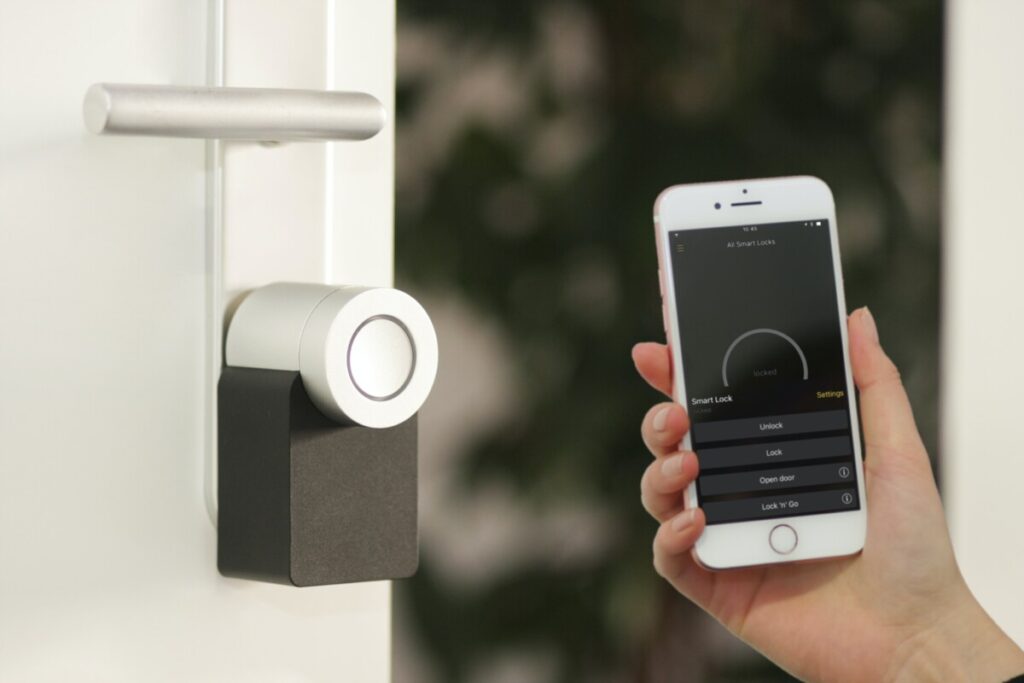What Is a Smart Home?
A smart home refers to a convenient home setup where appliances and devices can be automatically controlled remotely from anywhere with an internet connection using a mobile or other networked device. Devices in a smart home are interconnected through the internet, allowing the user to control functions such as security access to the home, temperature, lighting, and a home theatre remotely.

KEY TAKEAWAYS
- A smart home allows homeowners to control appliances, thermostats, lights, and other devices remotely using a smartphone or tablet through an internet connection.
- Smart homes can be set up through wireless or hardwired systems.
- Smart home technology provides homeowners with convenience and cost savings.
- Security risks and bugs continue to plague makers and users of smart home technology.
How Smart Homes Work
A smart home’s devices are connected with each other and can be accessed through one central point—a smartphone, tablet, laptop, or game console. Door locks, televisions, thermostats, home monitors, cameras, lights, and even appliances such as the refrigerator can be controlled through one home automation system. The system is installed on a mobile or other networked device, and the user can create time schedules for certain changes to take effect.
Smart home appliances come with self-learning skills so they can learn the homeowner’s schedules and make adjustments as needed. Smart homes enabled with lighting control allow homeowners to reduce electricity use and benefit from energy-related cost savings. Some home automation systems alert the homeowner if any motion is detected in the home when they’re away, while others can call the authorities—police or the fire department—in case of imminent situations.
Once connected, services such as a smart doorbell, smart security system, and smart appliances are all part of the internet of things (IoT) technology, a network of physical objects that can gather and share electronic information.
Security and efficiency are the main reasons behind the increase in smart home technology use.
Smart homes can feature either wireless or hardwired systems—or both. Wireless systems are easier to install. Putting in a wireless home automation system with features such as smart lighting, climate control, and security can cost several thousand dollars, making it very cost-friendly.
Hardwired systems, on the other hand, are considered more reliable and are typically more difficult to hack. A hardwired system can increase the resale value of a home. But there is a drawback—it’s fairly expensive. Installing a luxury and hardwired smart system can cost homeowners tens of thousands of dollars.
The global home automation market was valued at about $24 billion in 2016, growing to $45.8 billion in 2017. In the U.S. smart home market, the number of active households is expected to amount to 77.0m users by 2025. Video entertainment and smart speakers are currently the largest component of smart home technology, followed by home security and monitoring services. Smart speaker technology has fully penetrated the U.S. market, where more than one-third of households currently use a device like the Amazon Echo (Alexa) or Google Nest.
